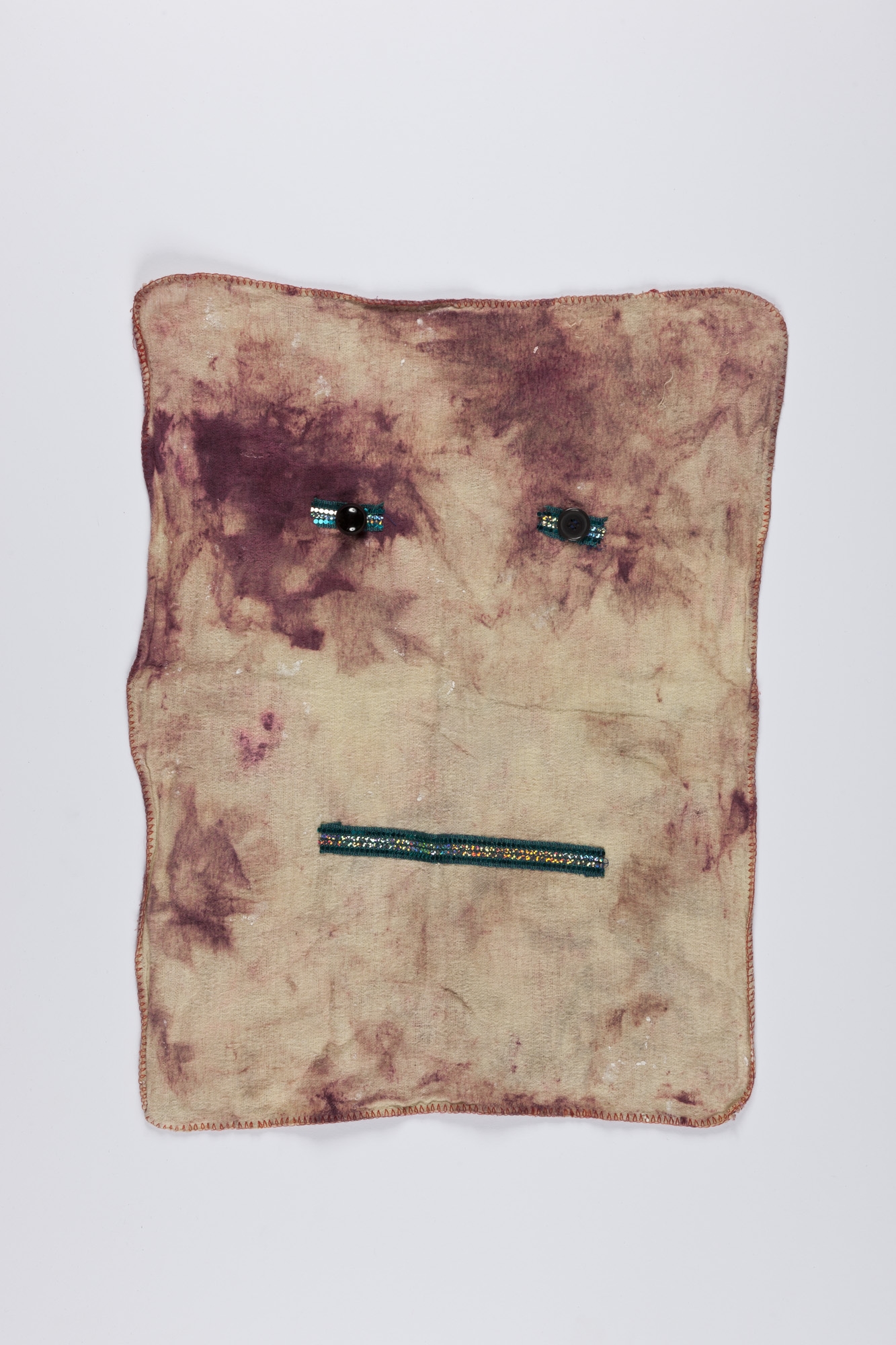One aspect of slapstick is the zany comedy of clowning: ooh-er, crash, bang, bish bosh, thwack, custard pie, whoopee! But it’s the more nuanced and less humorous elements of the genre that this group show aims to highlight, through a selection of film, sculpture, installation and performance by 25 artists, from the late 1960s to the present day, and which takes as its initial reference point the silent films of Buster Keaton.
Slapstick in general and Keaton in particular have long been source material for both artists and curators – Steve McQueen’s short film Deadpan (1997), which recreates a scene from Keaton’s 1928 feature Steamboat Bill,Jr being the most famous. Germany’s Kunstmuseum Wolfsburg’s show Slapstick! which includes work by Keaton and several artists also showing at the Mead being a concurrent example. Crowdpleasing and well-worn territory maybe, but there’s still something to add by drawing out connections between these works which focus less on laughs and more on ideas of heroic failure, domestic drudgery and a visceral sense of the absurd through endurance, physical danger and destruction.
So, we have Ben Woodeson’s installation of a giant pane of glass – silently inviting someone to walk into it (charmingly titled Fuck You You Fucking Fuck, 2012); Hayley Newman’s Domestique (2010–13) – dishcloths, embroidered with miserable faces; and Miranda Pennell’s 2003 film Fisticuffs, in which the choreographed saloon fight of the Western is transposed to a working men’s club, where little old ladies sit knitting, oblivious to the brawling that goes on around them.
In Emma Hart’s film Lost (2009–11), projected onto the back of a narrow, corridorlike space, where a handheld camera probes under beds and on top of dusty cupboards, it’s the artist’s excitable commentary that comes to the fore, her signature exclamations of “OK, OK, what is it? Shit! No way” taking on an almost Frankie Howerd tone. And there’s a natural sequence to the way in which works follow on from each other. Hart leads into Keaton’s 1920 film One Week (one of three Keaton films included in the show), in which Keaton and his new bride attempt, with calamitous consequences, to construct a flat-pack house. This in turn leads to the seminal film of Gordon Matta-Clark bisecting a house, for his work Splitting (1974).
The awareness of sound is handled particularly well. Keaton’s silent films are played without any musical accompaniment, but the ear compensates by picking up the soundtrack to filmworks playing nearby. Thus the noises of fizzing gases and bubbling liquids in Fischli and Weiss’s famous short Der Lauf der Dinge (The Way Things Go) (1987) become the perfect adopted soundtrack to Keaton’s 1921 film The Boat (almost a sequel to One Week in its narrative, but enacted at sea), which is playing nearby.
The show ends with the work that perhaps best encapsulates the mood of the exhibition, another well-known piece – Bas Jan Ader’s Broken Fall (Organic), Amsterdamse Bos, Holland (1971), in which the gangly artist hangs by his hands from a tree over a river, until his strength gives out and he crashes in. Precarious, ridiculous, dangerous, poignant but also very funny.
This article was first published in the December 2013 issue.
